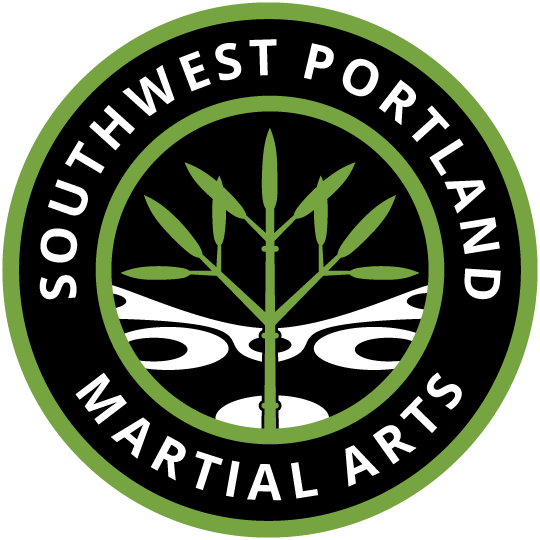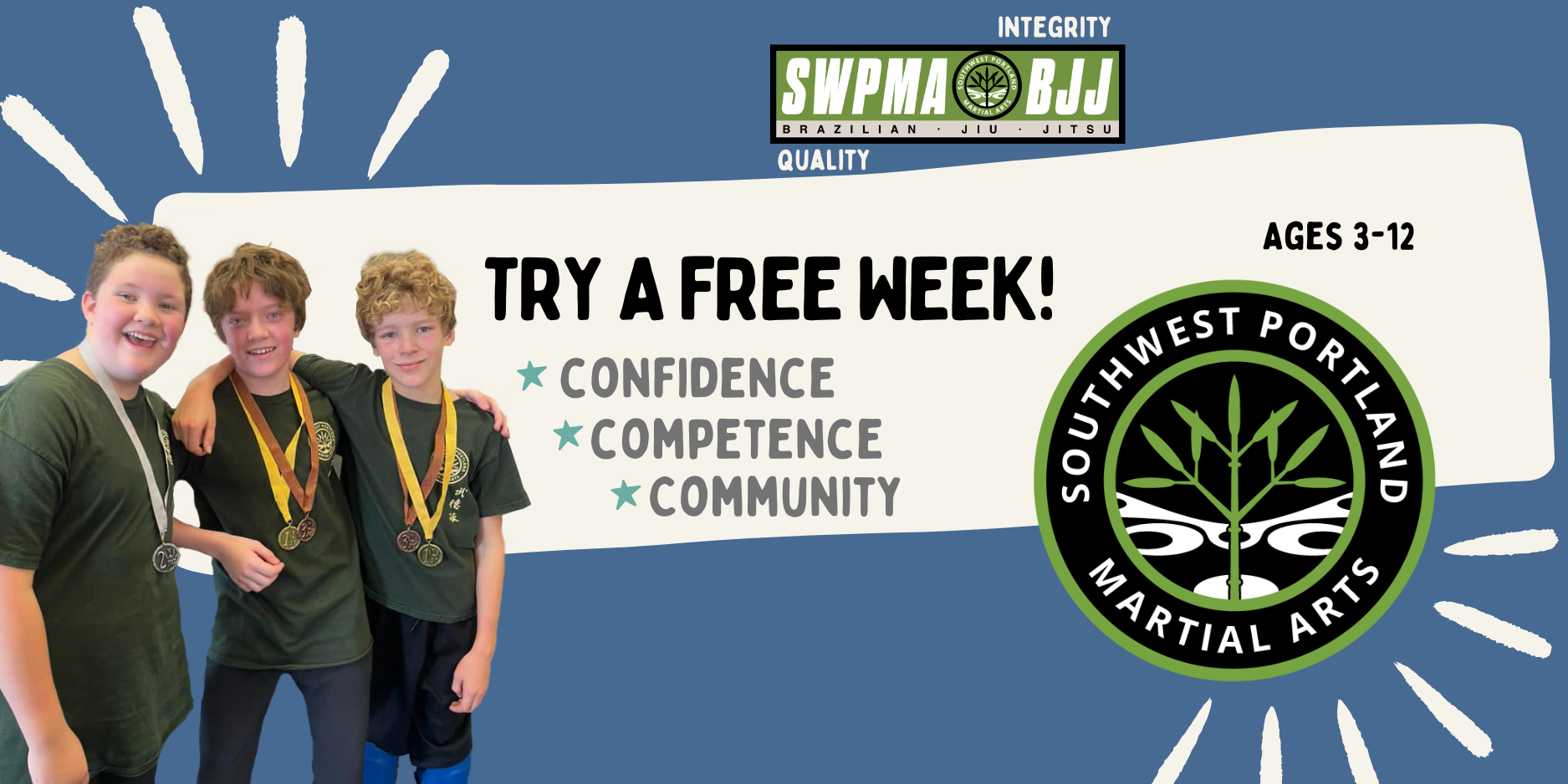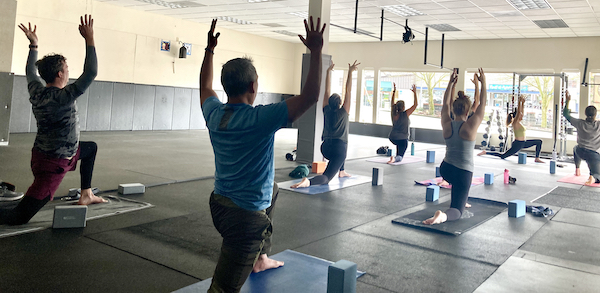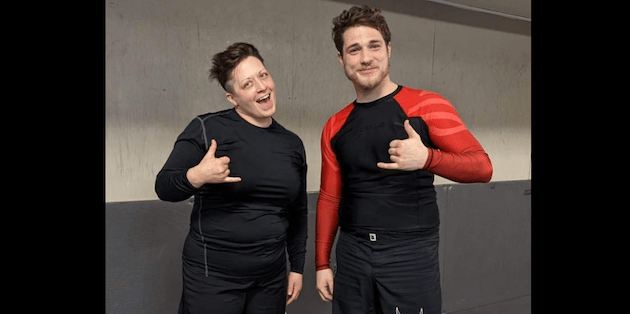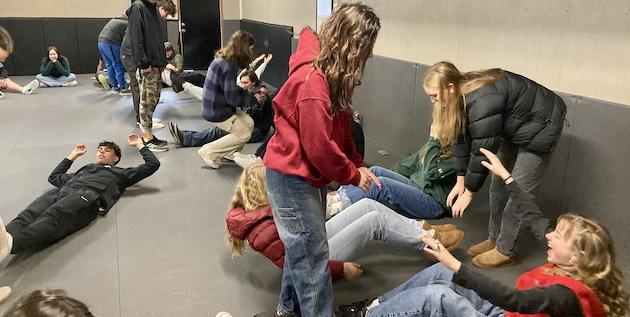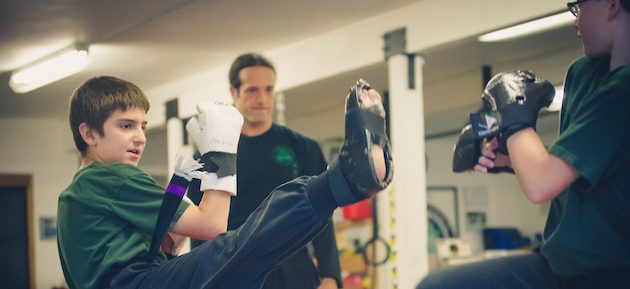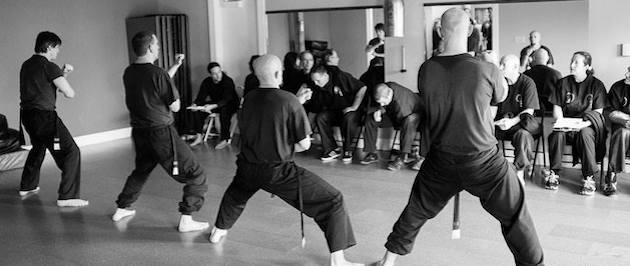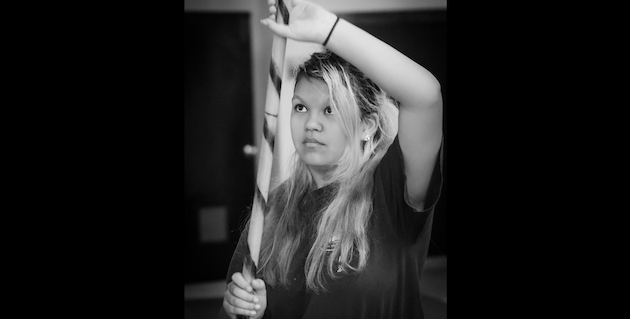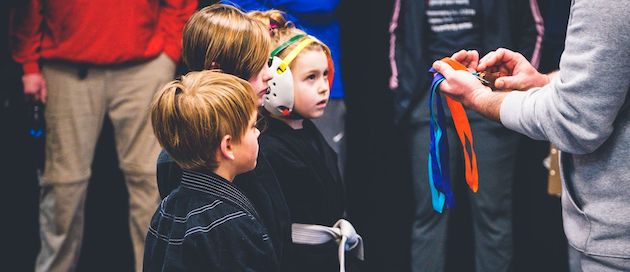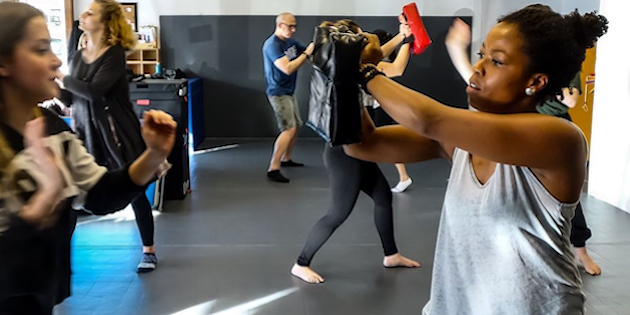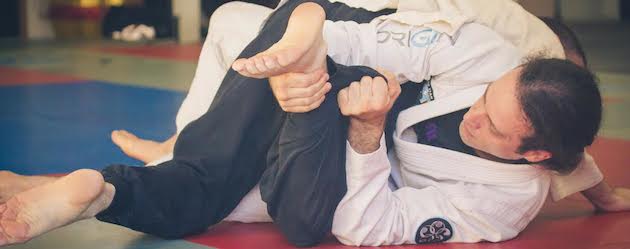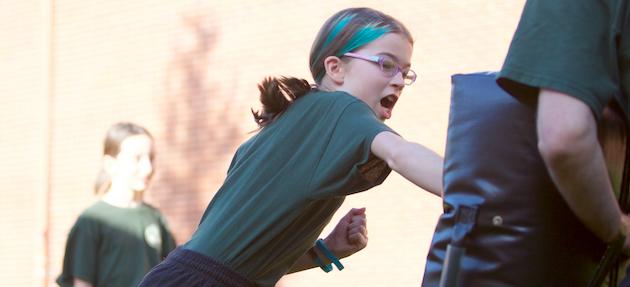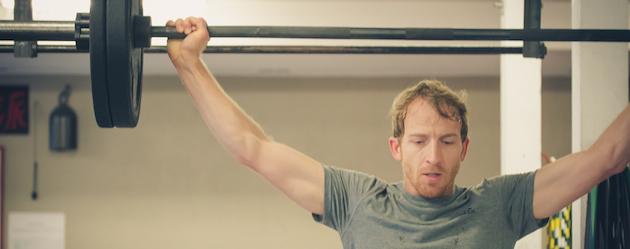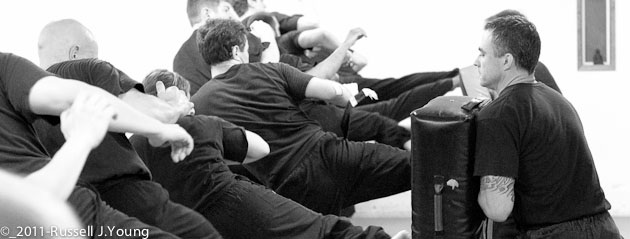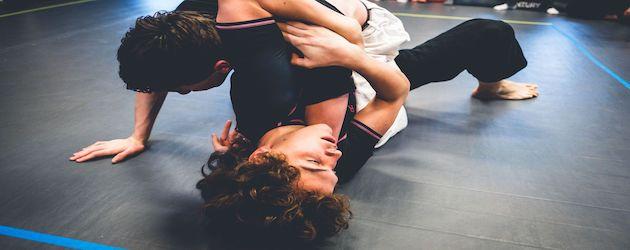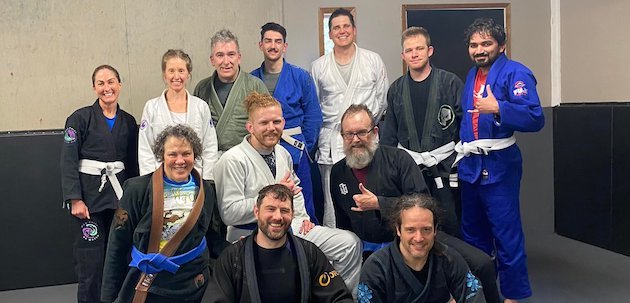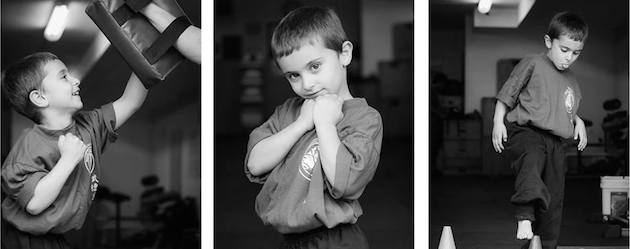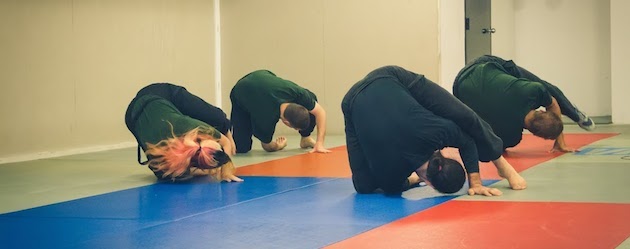 If you’ve ever watched someone do pushups, maybe you’ve been a nerdy enough CrossFitter or movement person to wonder if their elbows should stay in close to the body, or if it is okay for the elbows to bow out.
If you’ve ever watched someone do pushups, maybe you’ve been a nerdy enough CrossFitter or movement person to wonder if their elbows should stay in close to the body, or if it is okay for the elbows to bow out.
The answer is, as always, complex. However, I have found, over the years, that if I coach students to keep their elbows in close, they tend to experience less shoulder, elbow, and wrist pain. That’s good, right? The downside is that this style of pushup tends to be harder than if you let your elbows wing out. In addition, people with bigger wrists don’t tend to get much pain if they let their elbows wing out.
So what’s the answer? I recommend everyone try to keep the elbows close to their torsos when doing pushups. If flaring elbows hurts smaller wristed folks right away, I suspect that the habit may eat away eventually at folks with bigger wrists.
Another piece to add that will return some of the power to your pushup when you keep your elbows close is to externally rotate your hands into the ground while going both up and down in the movement. If you’re familiar with this concept from the squat (where you externally rotate your feet into the ground) just transfer it right over to the pushup and see if it helps. My experience of adding the twist is that you get a substantial boost in power.
SW Portland Martial Arts Blog
Push Up Technique
November 15th, 2024Self defense and sparring
November 8th, 2024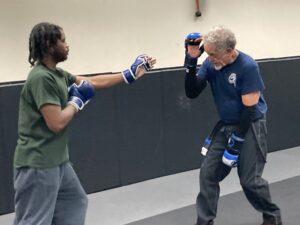 Suppose you want to learn martial arts because you want to be able to protect yourself if you end up in a self defense situation… should part of your training involve working with actively resisting partners?
Suppose you want to learn martial arts because you want to be able to protect yourself if you end up in a self defense situation… should part of your training involve working with actively resisting partners?
Yes.
Some folks will disagree, but I think if you want what you are training to have a better chance of working, it is necessary to test it under duress. Imagine you have two soccer teams, team A and team B. Both teams have 1 hour practice times 2 times a week for 6 months. At the end of the 6 months, they play a game of soccer.
Now, if you didn’t know anything else about the two teams, you’d probably say the odds are 50/50 that either team could win.
Consider the following scenario. Team A spends 30 minutes doing solo drills every practice and then 30 minutes scrimmaging. Team B spends 1 hour doing solo drills. By solo drills I mean the players are practicing ball handling, shooting, and whatever other things soccer players can do by themselves.
Now, given no other information, who do you think is more likely to win? I’d put my money on team A. There’s no guarantee they’d win, but it seems more likely, especially if we add in constraints like both teams being the same age, size, and athletic ability.
While the example is not a perfect fit, the point is this: if you learn a skill in isolation without the stress of someone actively trying to oppose you, the skill is more likely to breakdown under stress.
What do you think? Is sparring helpful or detrimental to functional self defense?
Yoga Special
November 6th, 2024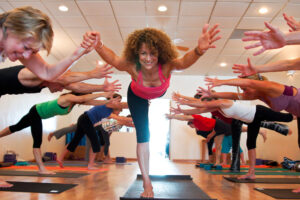 New to the gym? Want to try our yoga program? How about a 10 class yoga punchcard for $25? BOOM. That’s $2.50 a class. Here you go.
New to the gym? Want to try our yoga program? How about a 10 class yoga punchcard for $25? BOOM. That’s $2.50 a class. Here you go.
Our Yoga schedule is:
Monday, Wednesday, Friday @ Noon
Tuesday @ 9AM
If you’ve done our yoga before or you burned through your first punchcard, you can buy another one for $100. Still only $10 a class.
This punchcard is ONLY good for the yoga classes, not any of our other programs. Go to our events page to buy a card and get started.
What are you wearing?
November 5th, 2024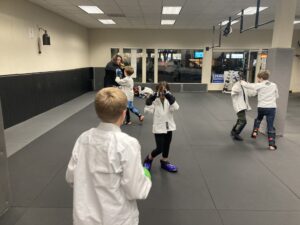 Some martial arts schools wear uniforms, others don’t. Sometimes the uniform is very specific (it must be purchased from the school), other times it’s more general (you can wear any color Gi, but you have to wear a Gi). What’s the deal? What does a uniform accomplish?
Some martial arts schools wear uniforms, others don’t. Sometimes the uniform is very specific (it must be purchased from the school), other times it’s more general (you can wear any color Gi, but you have to wear a Gi). What’s the deal? What does a uniform accomplish?
Well, it can be a source of revenue for the school. I think a lot of people harp on this as a real strike against strict uniform policies, and I’m sure there are some schools out there who are fleecing their students and making a ton of money off uniforms. It’s something to look out for, no doubt.
On the positive side, I think uniforms help put students in the right mind frame. You put on the same thing every time you train. It’s a ritual. It reminds you of what your role is, what you’re working on. I know for me, putting on my uniform helps me set aside whatever else is going on in my life and to put my mind, body, and spirit into the joy of training martial arts.
What are you working on?
October 31st, 2024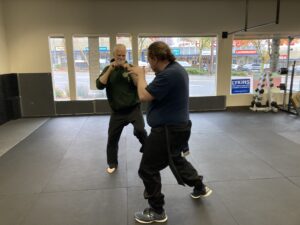 Once you’ve trained for a while, you start to gain a sense of what you need to work on. Maybe your footwork is flat. Maybe you do terribly against inside fighters. Maybe you only kick with your dominant side.
Once you’ve trained for a while, you start to gain a sense of what you need to work on. Maybe your footwork is flat. Maybe you do terribly against inside fighters. Maybe you only kick with your dominant side.
Now that you’ve identified an issue that needs work, what do you do? Work on it, obviously. This doesn’t mean you have to come up with drills on your own, and it doesn’t mean you only work on it during sparring (but those are both fabulous things to do), it means tell your coach what you’re thinking. Good coaches will listen to what you have to say and integrate it into the class. They’ll use your feedback to help you improve.
It doesn’t matter if your coach already knows the problem you’ve identified. It lets them know that you have taken charge of your training, that you care about your progress, and that you aren’t simply a passive vessel waiting to be filled.
Identify something you need to work on. Attack it until you make progress. Move on to something else you need to work on. Attack that. Repeat for the rest of your training career.
